Mathematical Topics: Hypatia & Conic Sections
Relevance: Ancient Egypt, Women
Suggested Age: 8th | 9th | 10th
Suggested Course: Geometry

Lesson Summary:
This lesson intends to explore Geometric cross sections and the discoveries of the leading mathematician, Hyaptia of Alexandria. Students will explore different cross sections of 3d shapes. Students will then learn about Hypatia of Alexandria and her history. Students will explore her identity as both a woman and Egyptian mathematician. Discussion questions guide students to discuss the implications of the historical mistelling of Egyptian racial identity in relation to mathematics. Students will also explore the story of how Hypatia navigated her identity as a woman in mathematics. Lastly, there are a variety of extension activities available to choose from based on student interest that can be seen below.
This lesson was inspired by Ajla Pecanin, a student in New York City. For her final project in Ethnomathematics, she wanted to focus on highlighting the role of women in mathematics. During her journey she asked a critical question about why Hypatia is depicted as both Greek and Egyptian? Ajla was committed to exploring the true story of Hypatia’s history and is passionate about sharing her findings with others. Ajla is a strong advocate for the importance of representation in mathematics and is excited to share her findings with math educators nationwide.
Remember that the lesson guides are just suggestions. Feel free to create your own options, use some of our suggested ones or even use it all. Most importantly consider your student population, involve them in the research and expand the lessons to fit your needs.
Our Lesson Plan
Our lessons are made to be printed or downloaded. Please do so through the link below.
Our Presentation
Our presentations are made to be printed or downloaded. Please do so through the link below.
Student Handouts
Our student handouts are made to follow the progression of the teacher guide. Download and edit to fit your students needs.
f you would like to spend more time on than the lesson provided there are extension ideas ready to explore. Based the student population and task chosen additional research and development of content might be necessary:
- Extension 1: (slide 17) The Murder of Hypatia, Ted Ed– students can watch an extension video about the murder of Hypatia and the societal connections of spirituality and mathematics in the history of Egypt.
- Extension 2: (slide 18) Applications of Conic Sections – students can explore higher level applications of conic sections that are a result of Hypatia’s work. On cuemath students can additionally make connections to conic sections they see in their everyday lives.
Hook: (5-7 minutes, slides 2-4)
Students will be given an image of different conic sections based on how the cone is sliced. Students will complete a notice and wonder to hopefully highlight the different 2d shapes that can be seen as cross sections. The second option for a hook is more open ended asking students to think about fruit stamps and the cross section 2d shapes they create. Students might be able to make connections to art projects they have completed in the past.
Mathematical Exploration: (20-30 minutes; slides 5-9)
Students will get the chance to explore different cross sections of a variety of 3D shapes. The handout to guide students can be found here. In preparation you will need to get cubes and cylinders that can be cut. We recommend cheese sticks and cucumbers to give to students. You can also use play-do and have students create their own cubes and cylinders to slice.
Students will then use a plastic knife to cut the 3D shapes parallel, perpendicular and diagonally to the bases. They will then determine the 2D cross section seen on the surface where the slice occurred. Students will do this for both the cube and cylinder – they should ideally be able to summarize that when given a prism:
- Cross section perpendicular to the base for prisms: rectangle
- Cross section parallel to the base for prisms: shape of the base
- Cross section diagonally: varies
To then allow students to apply their knowledge of cross sections to shapes that are not prisms, students can use this geogebra interactive app. Have students explore the cross sections of a variety of shapes in partners. Once partners have explored they can check their answers with another partnership to ask questions, clarify and check for understanding.
Relevance Explored: (20-30 minutes; slides 10-13)
Students will be given the chance to study the history of Hypatia of Alexandria who was the leading mathematician in cross sections historically. They can watch a video, Hypatia of Alexandria – The Brightest Mathematician of Antiquity, to learn about her history and the contributions she made to society mathematically. The video highlights her contributions, teaching career and controversial death around her teachings. Additionally the video highlights her experience as a woman in mathematics challenging the societal norms of her time. Students will then complete a notice and wonder around different images of Hypatia. One image depicts her of Greek decent and the other of Egyptian decent. To debrief these noticings students should read the excerpt, Ethnomathematics: Challenging Eurocentrism in Mathematics Education, pages 105-107, with editors: Arthur B. Powell & Marilyn Frankenstein. Although written at a highly academic level the article gives insight into how many mathematicians who studied in Egypt are portrayed as Greek because a majority of the writing from Alexandria was done in Greek. However, we are not sure of their actual racial backgrounds and could have been from many different backgrounds, this assumption should not be made, including Hypatia. This article gives students insight into critical conversations about our societal assumptions of who is a mathematician.
Student Discussion: (10-15 minutes; slides 14-16)
Students should be given the time to discuss and debrief their learnings. The discussion questions encourage students to consider the implications and importance of women of color being doers of mathematics. It also explores Eurocentrism and our perception of mathematicians being solely European. The discussion questions also give students the chance to explore the implications of women in mathematics connecting Hypatia’s story to modern day experiences.
Extension Activities: (slides 17-18)
If you would like to spend more time on than the lesson provided there are extension ideas ready to explore. Based the student population and task chosen additional research and development of content might be necessary:
- Extension 1: (slide 17) The Murder of Hypatia, Ted Ed– students can watch an extension video about the murder of Hypatia and the societal connections of spirituality and mathematics in the history of Egypt.
- Extension 2: (slide 18) Applications of Conic Sections – students can explore higher level applications of conic sections that are a result of Hypatia’s work. On cuemath students can additionally make connections to conic sections they see in their everyday lives.
More Lessons
Below you’ll find our resources which are filterable by their age group and mathematical topic.
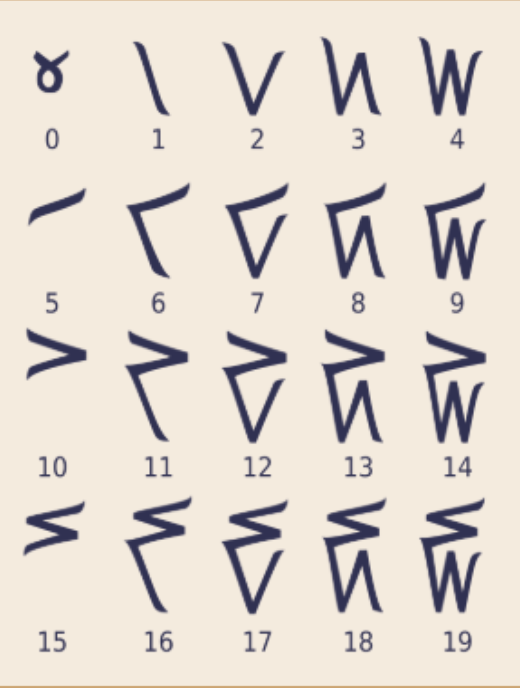
Kaktovik Numerals & Base 20

Tessellations in West African Hair Braiding

Density in Dominican Cakes compared to American Cakes
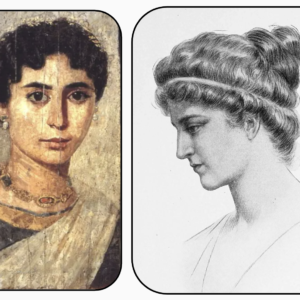
Hypatia of Alexandria & Conic Sections
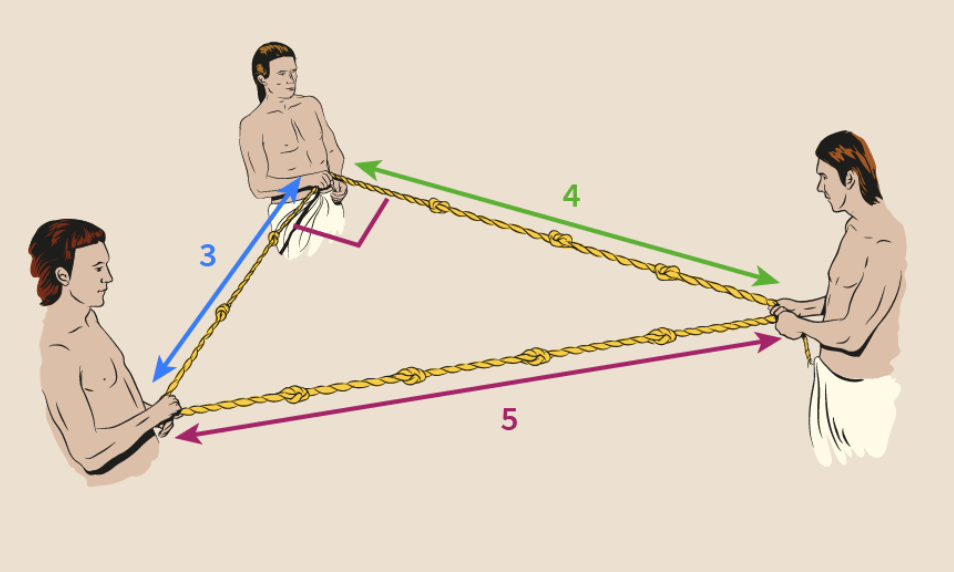
Ancient Egyptian Base 10 Number System & Doubling Method
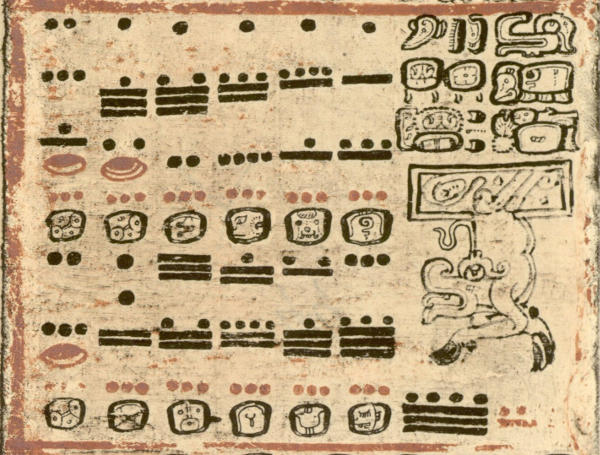
Maya Calendar & Base 20 Number System
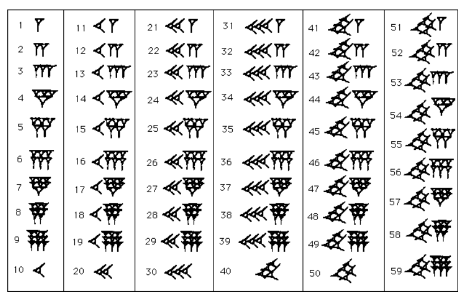
Ancient Babylon Base 60 Number System
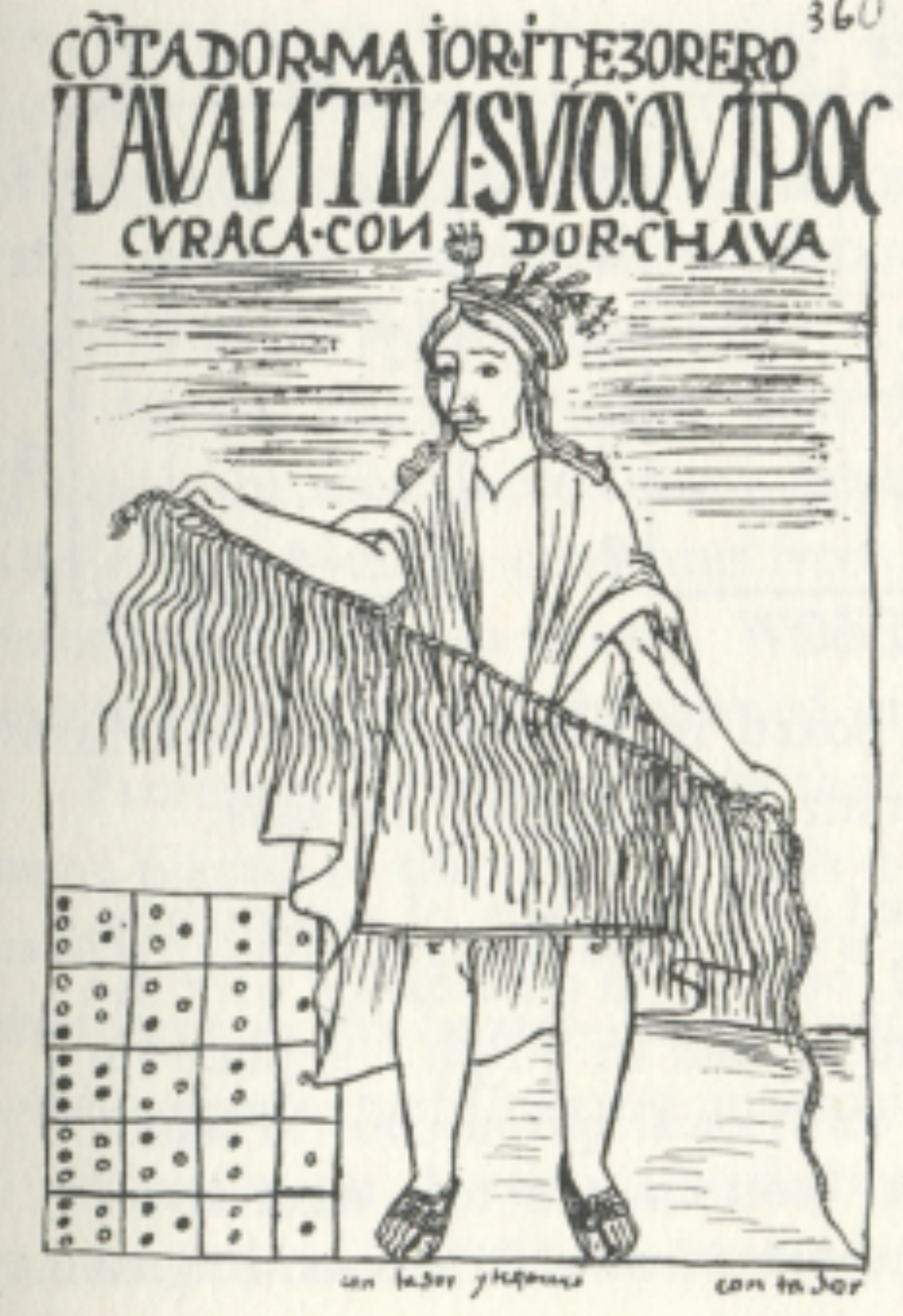
The Origins of Fibonacci’s Sequence
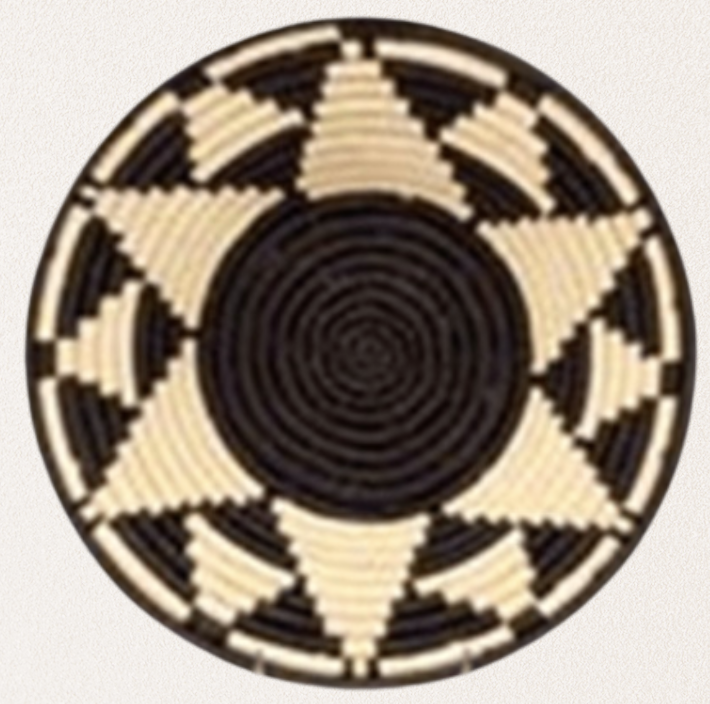
African Baskets & Regular Polygon Rotations

Ancient Mathematical Puzzles: Magic Squares and Hexagonal Tortoises
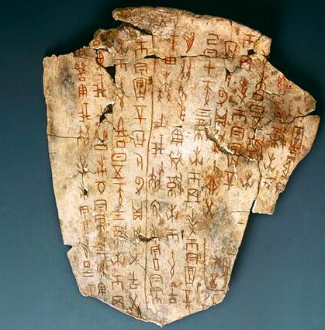
Oracle Bones & Counting Rods

